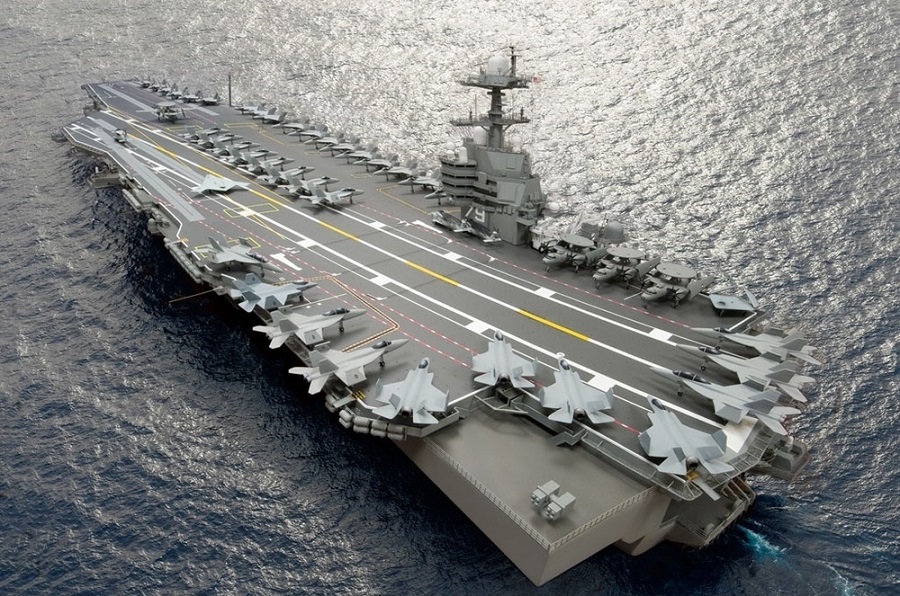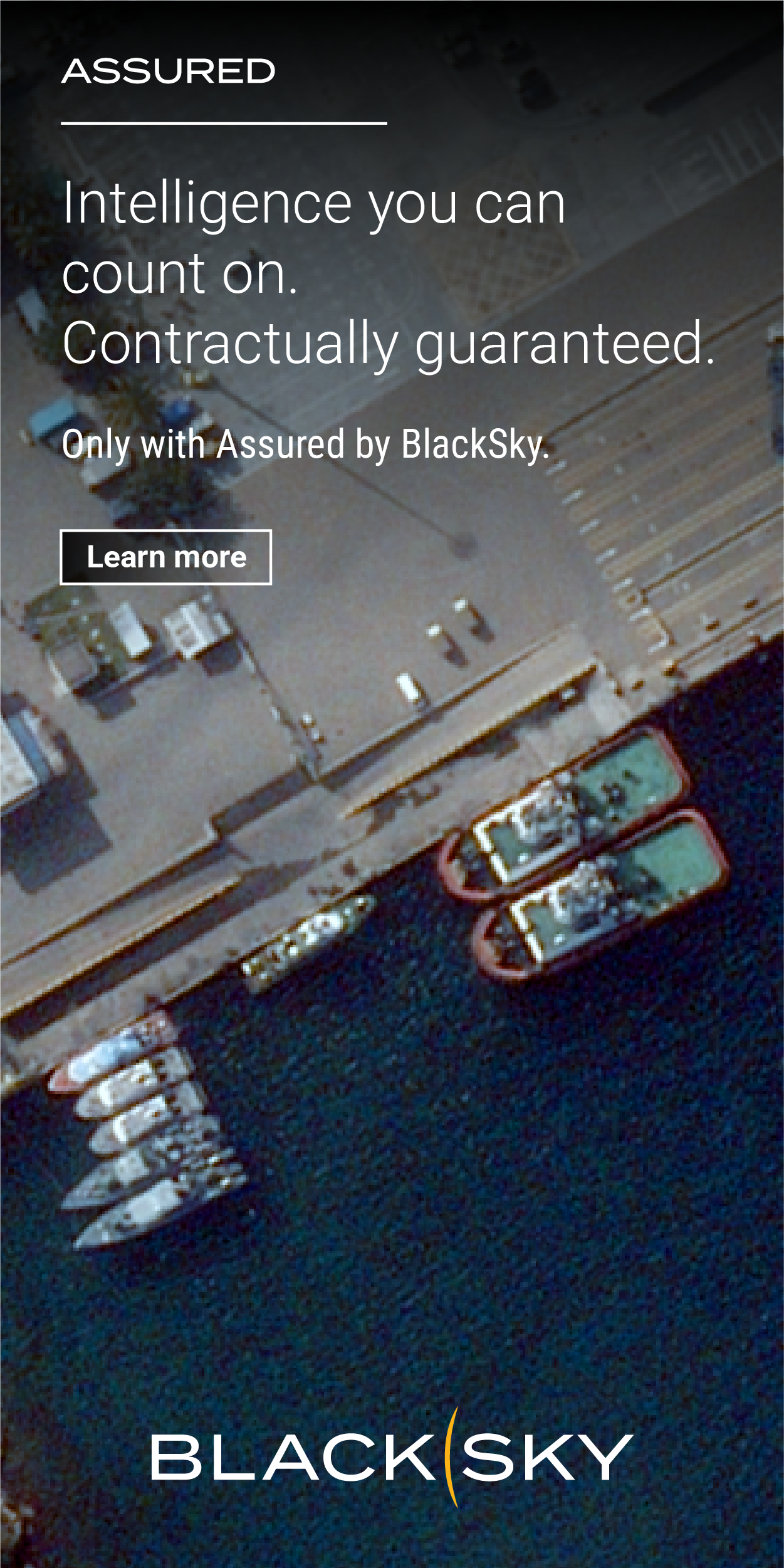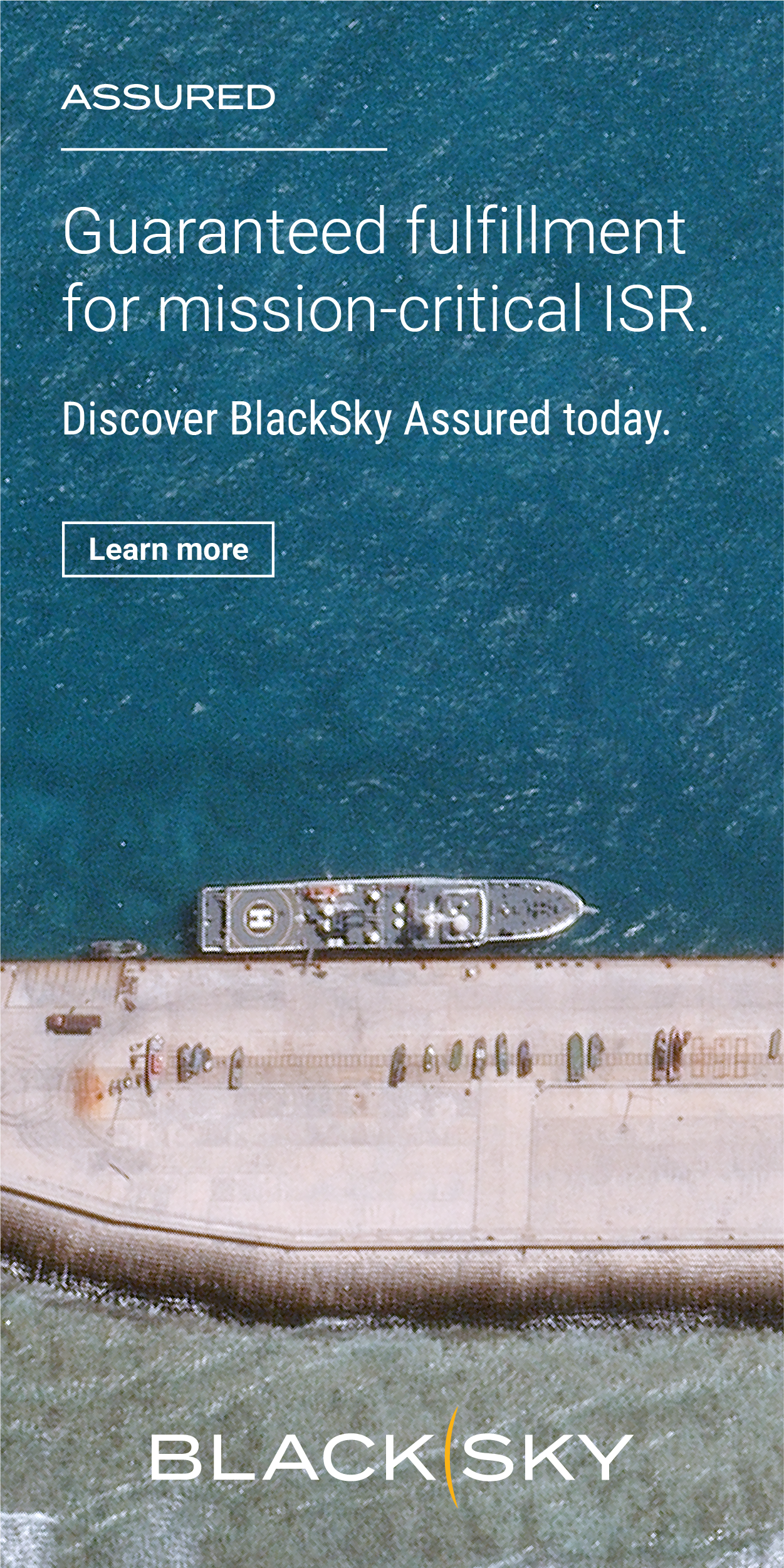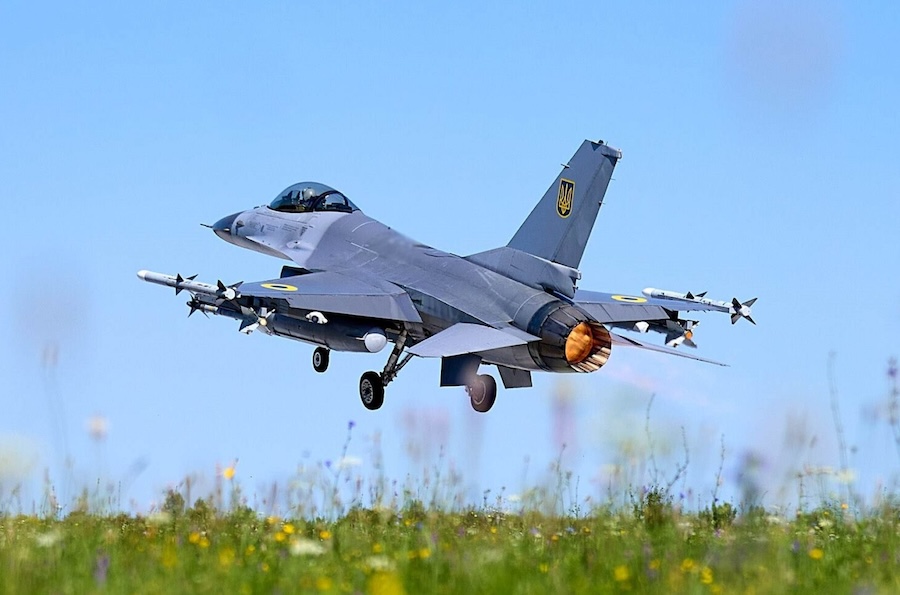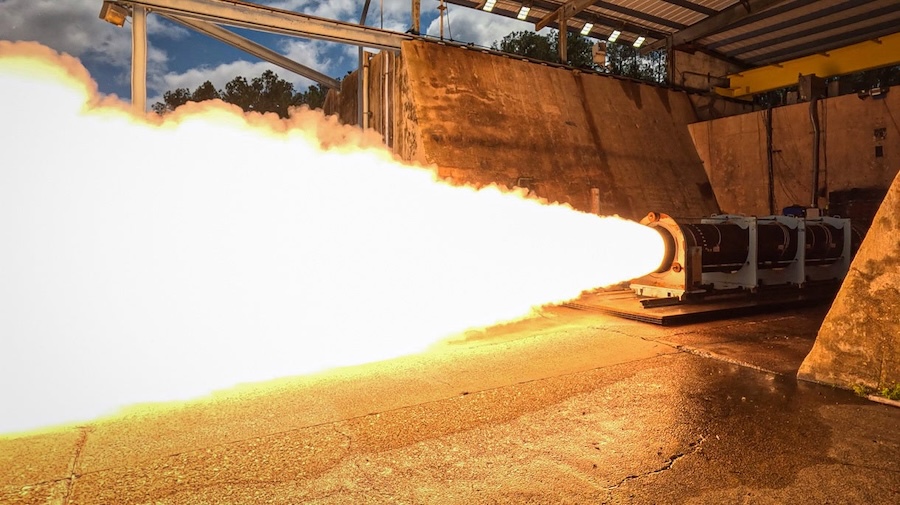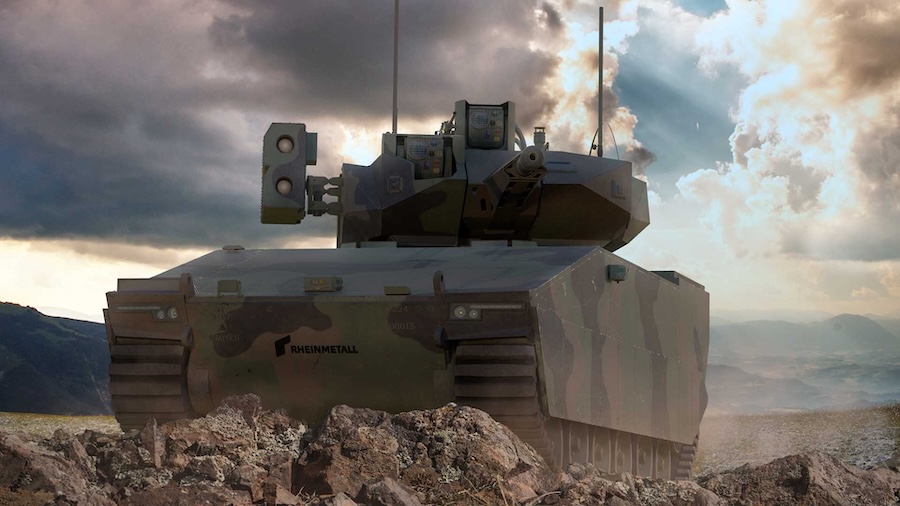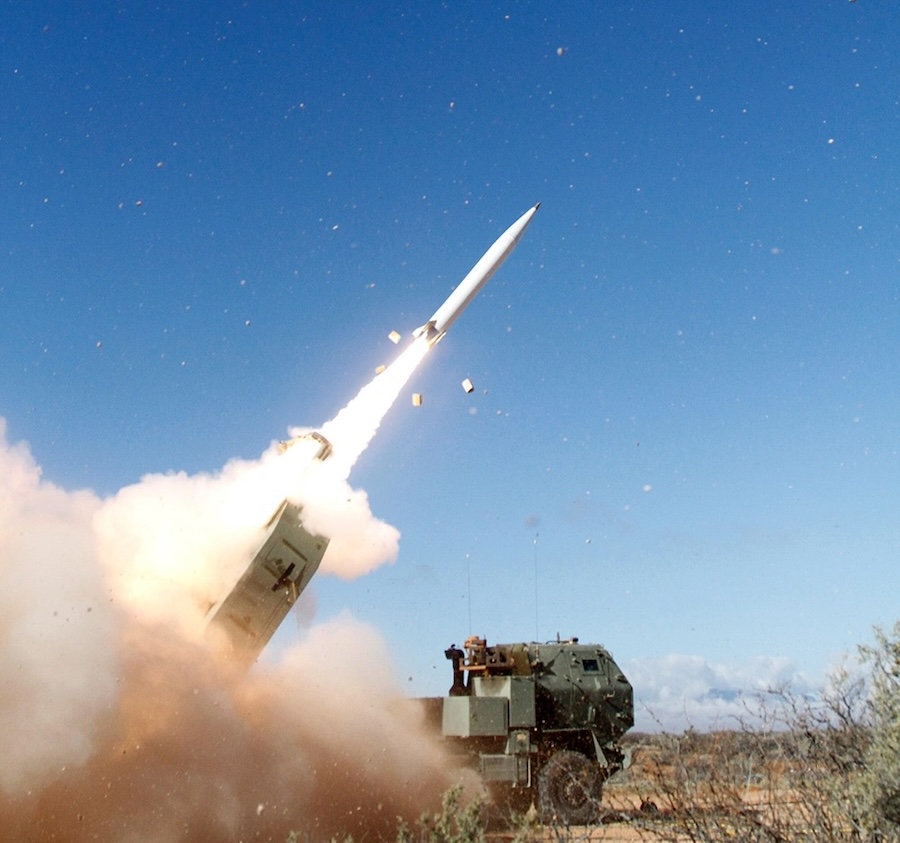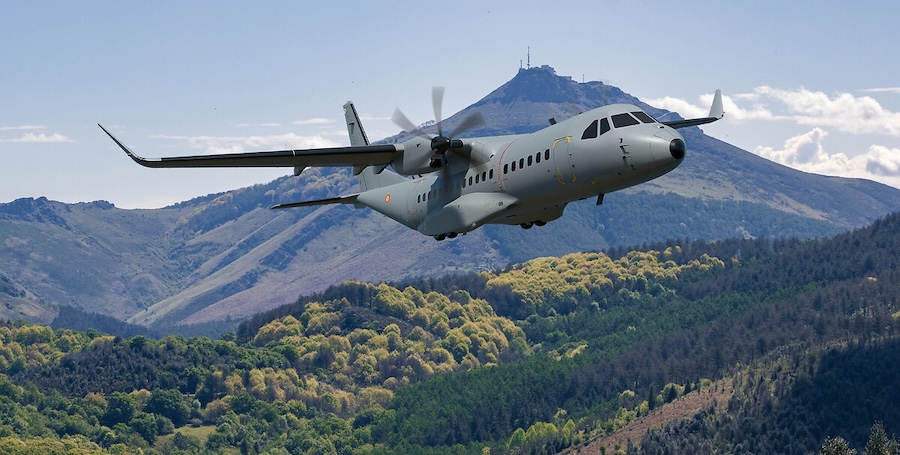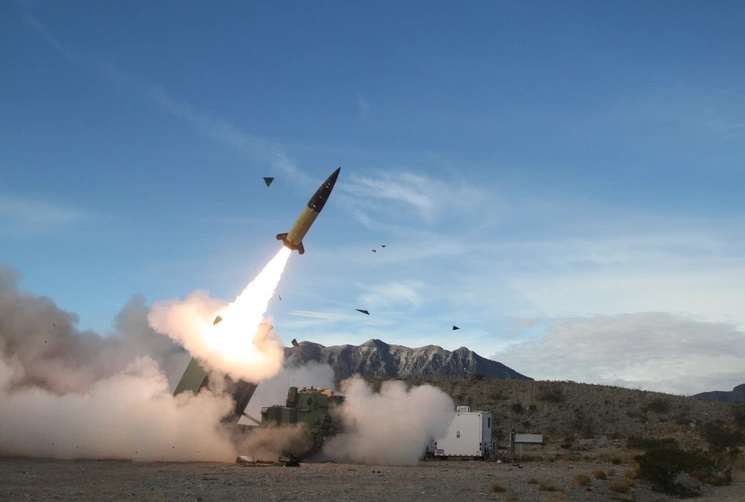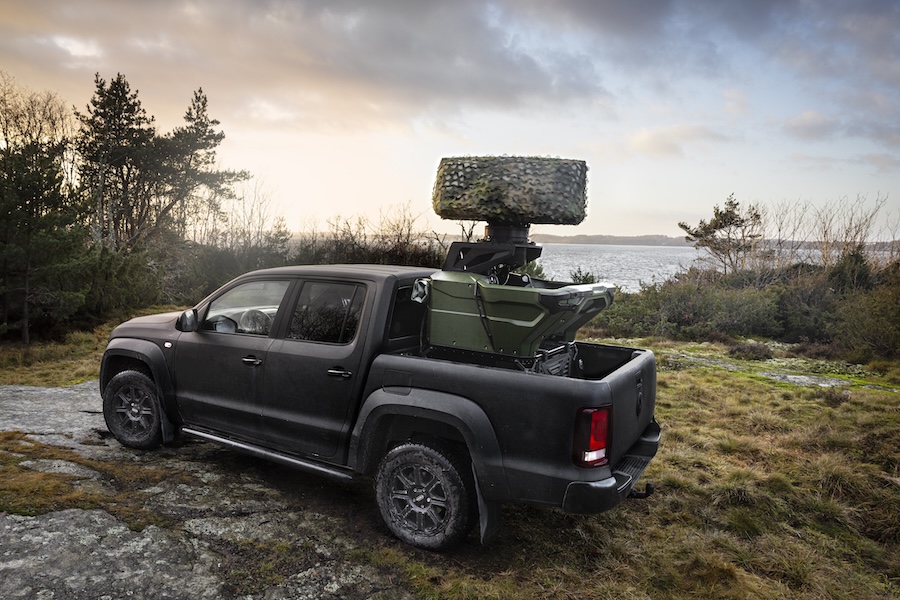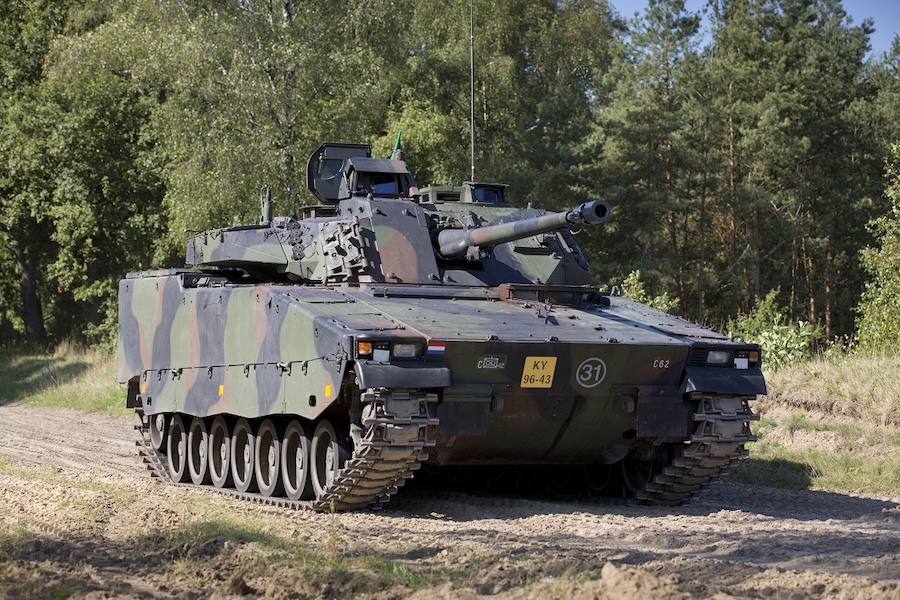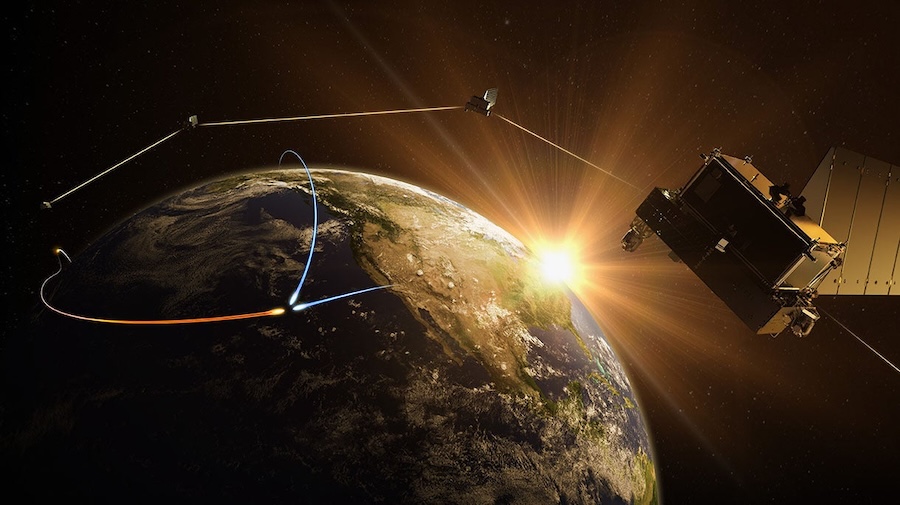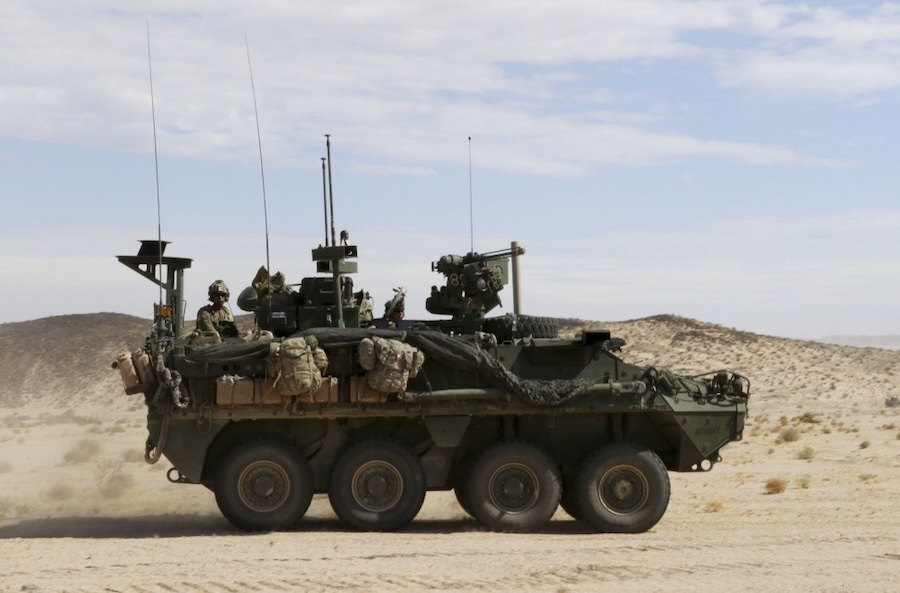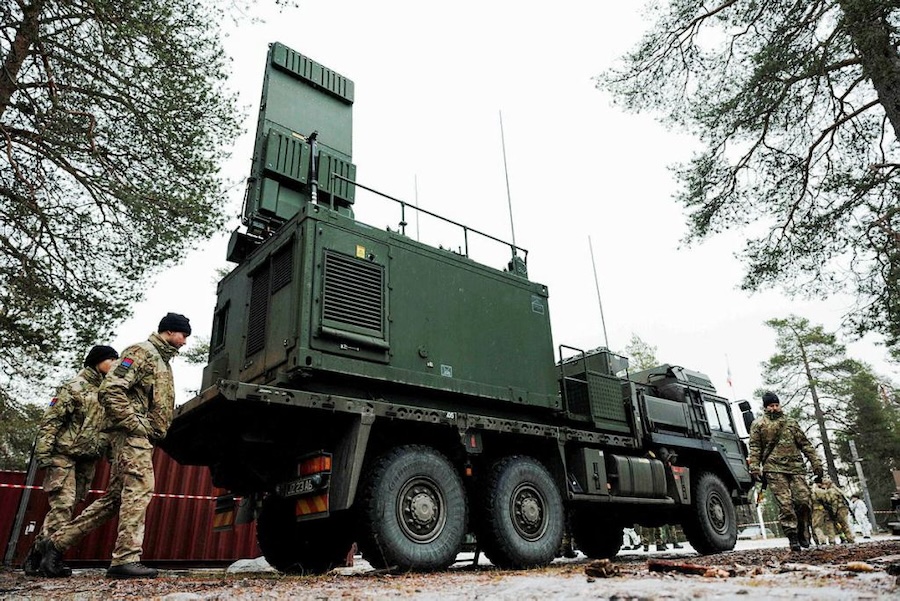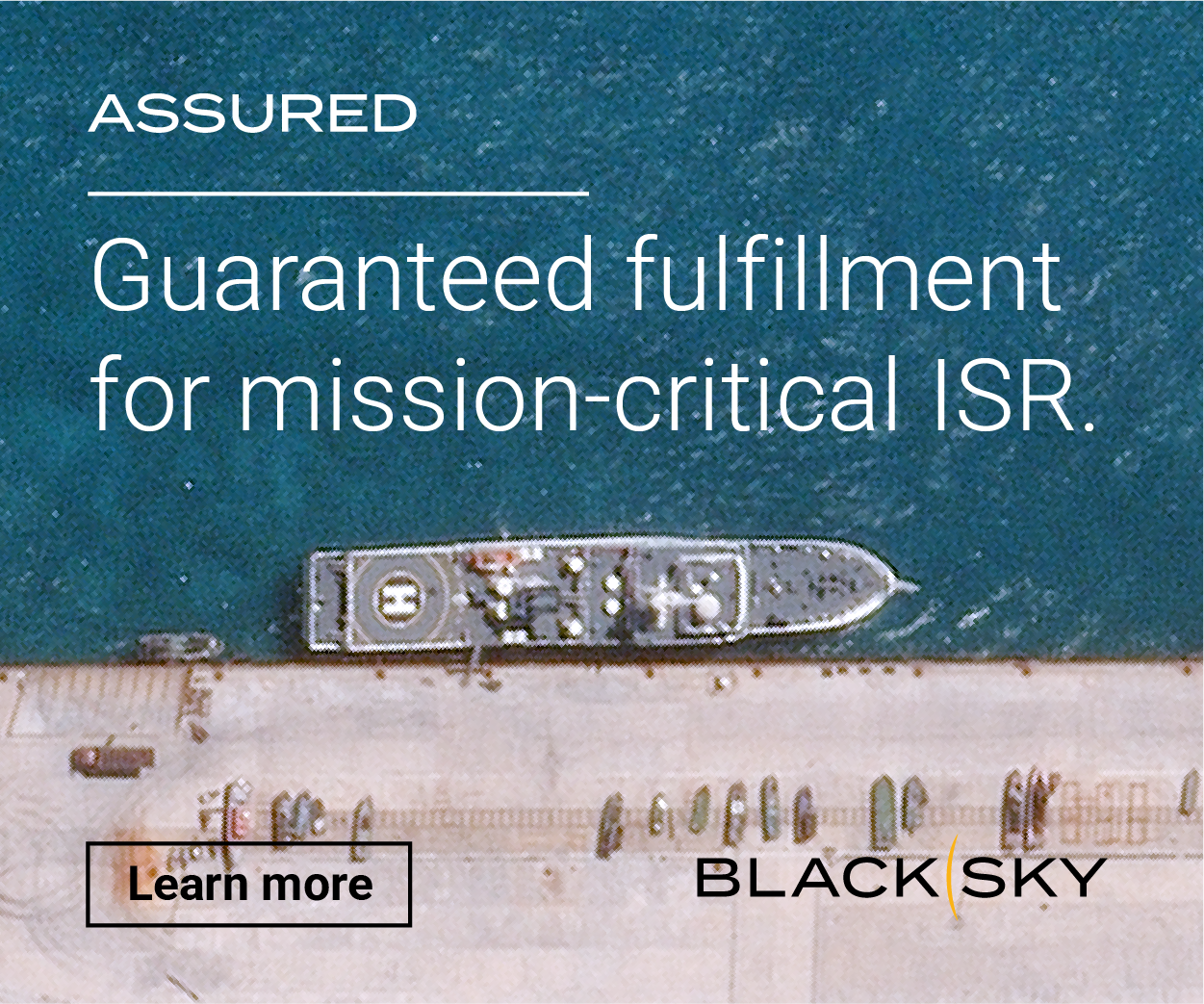According to the Navy’s Fiscal Year 2026 budget documents, the delay is due to ongoing work on two advanced technologies unique to the Ford-class: the Advanced Arresting Gear (AAG) and the Advanced Weapons Elevators (AWE). “The CVN 79 delivery date shifted from July 2025 to March 2027 (preliminary acceptance TBD) to support completion of Advanced Arresting Gear (AAG) certification and continued Advanced Weapons Elevator (AWE) work,” the documents state.
The Navy is considering early acceptance of the ship before formal delivery to speed up its operational readiness. “The Navy is exploring opportunities for preliminary acceptance of the vessel prior to formal delivery and is coordinating closely with stakeholders to ensure the fastest possible transition to fleet operations and a combat-capable carrier,” a Navy spokesperson said.
HII’s Newport News Shipbuilding, the company responsible for constructing the carrier, noted the challenges in implementing improvements learned from the lead ship, USS Gerald R. Ford (CVN-78), into the Kennedy build. “Specifically, John F. Kennedy (CVN 79) construction was fairly advanced when many Ford lessons were realized, precluding timely implementation of lessons learned for Kennedy,” said HII spokesperson Todd Corillo.
Construction delays have plagued the Kennedy since its inception. In 2023, delivery was pushed from June 2024 to 2025 to allow work typically done after delivery to be completed during construction.
The USS Gerald R. Ford, the first ship in its class, experienced similar issues, particularly with integrating the 11 AWE systems, with the last one only delivered to the Navy in 2021. The AAG system has also suffered development setbacks.
The Navy originally planned a two-phase delivery for the Kennedy but shifted to a single-phase model in 2020, adding two years of work to its construction contract. This decision allowed the ship to be delivered fully equipped to operate the F-35C Joint Strike Fighter and the new Enterprise Air Surveillance Radar, capabilities initially planned to be added later.
Officials had hoped the dual-phase strategy would reduce overall costs and avoid overlap between Kennedy’s service entry and the Nimitz’s retirement. However, Congress insisted the ship be fully outfitted for the F-35C before completing its post-delivery availability, forcing the Navy to abandon the phased plan.
As recently as April, the Navy had projected a 2026 delivery date for the Kennedy when briefing Congress. However, the updated 2026 budget documents confirm the revised 2027 timeline.
Meanwhile, delays are also affecting the next ship in the Ford-class series, the USS Enterprise (CVN-80), which is now expected to be delivered in July 2030 instead of September 2029. “The CVN 80 delivery date shifted from September 2029 to July 2030 due to delays in material availability and industry/supply chain performance,” according to the budget papers.
The Navy spokesperson highlighted ongoing challenges in the supply chain for the Enterprise. “CVN 80’s schedule continues to be challenged by late delivery of sequence critical material,” the spokesperson said. “Delays of 18-26 months as assessed as part of the 2024 45-Day Shipbuilding Review have eroded to 28 months with risk for overall ship construction. The Navy is working closely with the shipbuilder to improve those projections.”
Source: USNI News.




